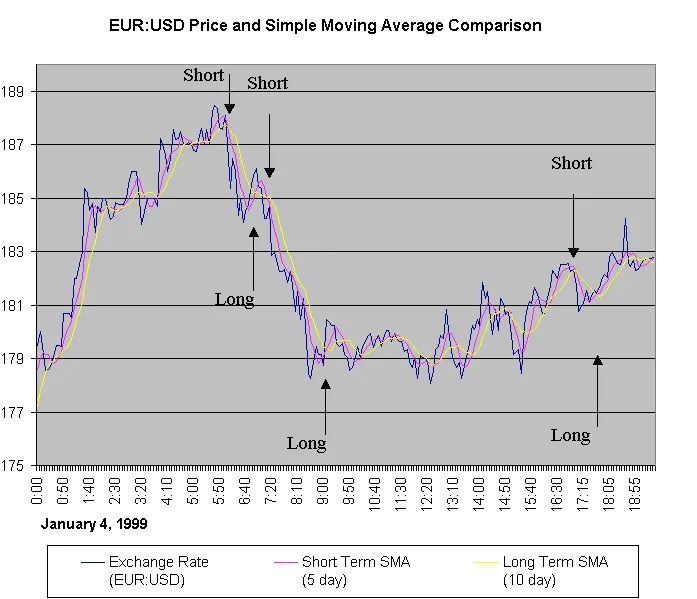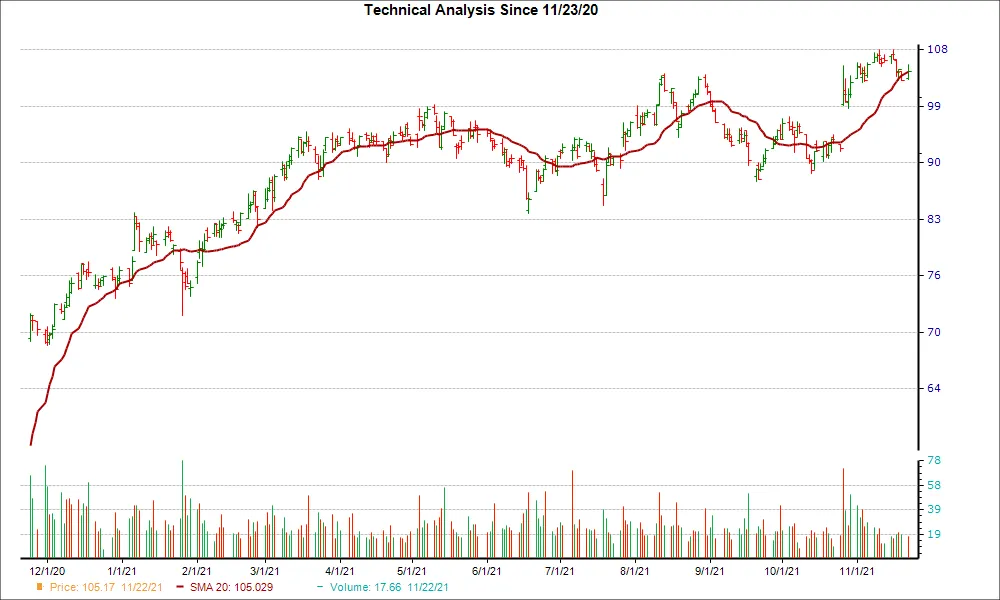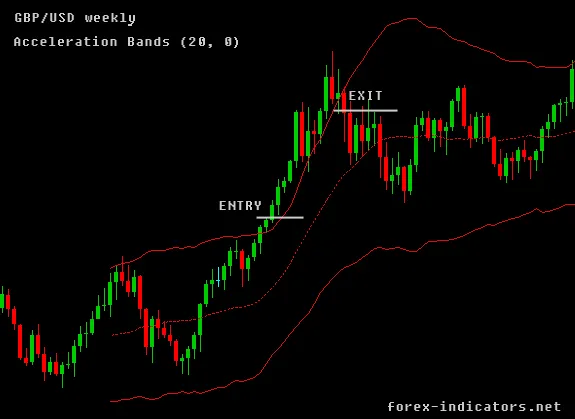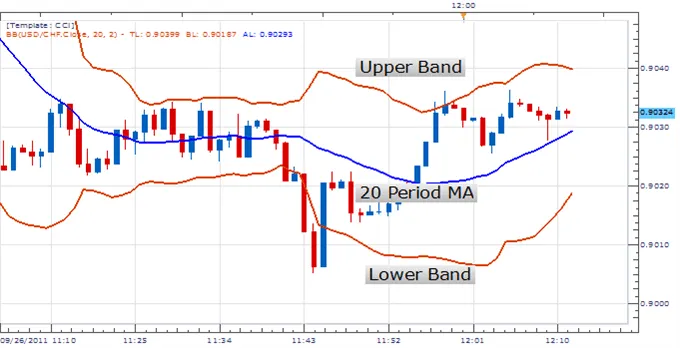What Are Price Breakouts?
By Samantha Baltodano
TL;DR:
Breakouts are a trading strategy used to find opportunities in financial markets when the price of a security breaks through a support or resistance level. This indicates a significant shift in market sentiment, and traders can take advantage of it by buying or selling the security accordingly.
Support and resistance levels are areas on a chart where the price of a security has previously found support or encountered selling pressure. To manage risk, traders should use stop-loss orders and trailing stops when trading breakouts.
What Are Price Breakouts?
Breakouts are a popular trading strategy that can be used to identify potential opportunities in financial markets.
Essentially, a breakout happens when the price of a security breaks through a support or resistance level that has previously held up the price action. This indicates that there has been a significant shift in market sentiment, and traders can use this to their advantage.
Support and resistance levels are areas on a chart where the price of a security has previously found support or encountered selling pressure. Traders can use different technical analysis tools to identify these levels, including trendlines, moving averages, and chart patterns. Once a trader has identified a support or resistance level, they can then monitor the security's price changes for signs of a breakout.
When a breakout happens, it means that the price of the security has broken through a support or resistance level on high trading volume. This indicates that the market sentiment has changed, and traders can take action accordingly.
For example, if the price of a security breaks through a resistance level, it suggests that buying pressure has become stronger than selling pressure, and the security's price is likely to continue to rise.
On the other hand, if the price breaks through a support level, it suggests that selling pressure has become stronger than buying pressure, and the security's price is likely to continue to fall.
Example
A simple example of a breakout would be if you were watching the price of a stock that had been trading between $50 and $60 for several months, with $50 acting as support and $60 acting as resistance.
If one day, the stock price suddenly increased to $65 on high trading volume, breaking through the $60 resistance level, this would be a breakout.
This would indicate that the buying pressure had become stronger than the selling pressure, and the stock price could continue to rise. Traders could take advantage of this breakout by buying the stock at $65 and potentially selling it at a higher price if the price continues to rise.
Trading Breakouts Effectively
To trade breakouts effectively, traders need to act quickly and decisively. One common strategy is to use a stop-loss order, which is an order placed with a broker to sell a security once it reaches a certain price level.
Stop-loss orders can help traders limit their losses if the market turns against them after a breakout.
Another strategy is to use a trailing stop, which is an order placed with a broker to sell a security once it falls a certain percentage below its current price. Trailing stops can help traders capture profits if the security's price continues to rise after a breakout.
Summary
Breakouts can be a powerful tool for traders to identify potential opportunities in financial markets. By identifying support and resistance levels and monitoring price action for breakouts, traders can take advantage of significant shifts in market sentiment. However, trading breakouts can be risky, and traders should always use appropriate risk management strategies to limit their losses and capture profits.
Like what you read? Check out the rest of our content!




